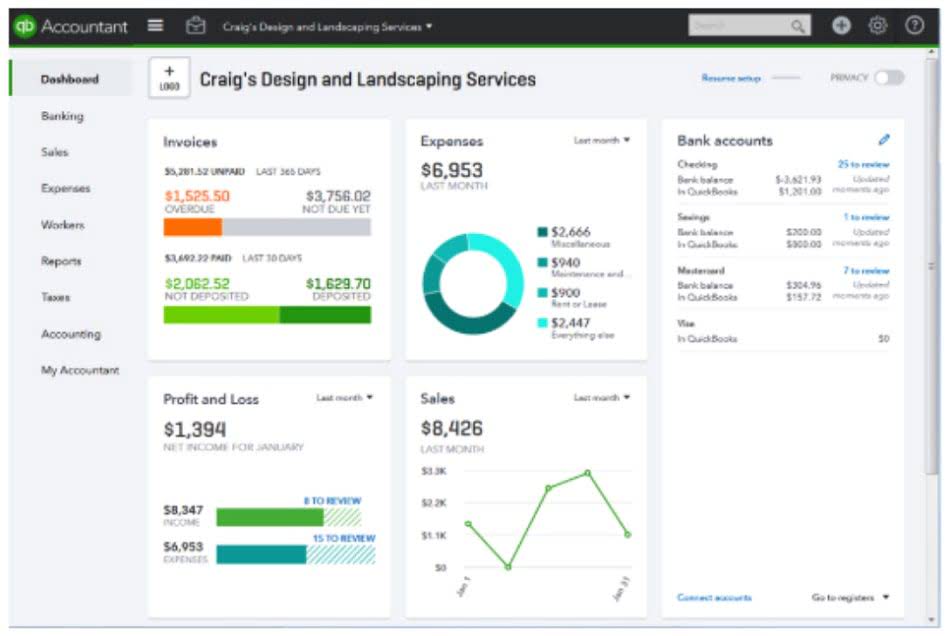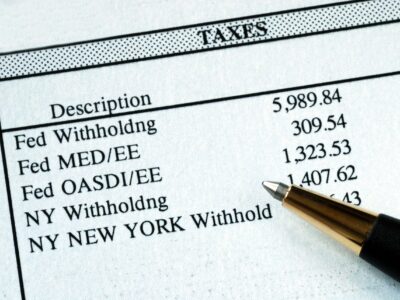A charge-off usually occurs when the creditor has deemed that an outstanding debt is uncollectible; this typically follows 180 days or six months of nonpayment. You are still legally responsible for paying a debt marked as a charge-off. Most negative information, including foreclosures and charge-off accounts, remains on credit reports for seven years from the date of the first missed payment. After this period passes, the information should automatically disappear. Settling the debt and getting the charge-off removed won’t necessarily result in your credit score automatically becoming great overnight.
A charge-off could show up on just one or all three of your credit reports, depending on which credit bureaus a debt collector or creditor reports to. His home office is 20 percent of his total living space, so he writes off 20 percent of his rent on his taxes as his home office deduction. He pays an accountant to do his business’s taxes every year and writes off the fee. He also writes off advertising costs like his website domain and getting a professional headshot. He travels for a professional development conference and he writes off the cost of airfare and his Airbnb and 50 percent of all meals.
- It could also lead to additional negative consequences if a creditor decides to sue you to collect what’s owed.
- One key aspect of accounting for deductible expenses correctly is ensuring an organized, efficient accounting system year-round.
- There can be several reasons why a company may need to write off some of its inventory.
- In addition, the write-off may be reviewed by anyone — like a potential employer or landlord — who reviews a detailed credit history prior to extending a residential lease or job offer.
Having one on your credit report can mean being turned down for credit or borrowing money on very uncompetitive terms. If you find yourself in this situation, don’t bury your head in the sand. There’s a chance you can get it cleared—or at least limit the damage and increase the prospects of being in creditors’ good books again. A variation on the write off concept is a write down, where part of the value of an asset is charged to expense, leaving a reduced asset still on the books. For example, a settlement with a customer might allow for a 50% reduction of the amount of an invoice that the customer will pay. This represents a write down on one-half of the amount of the original invoice.
Write-Offs vs. Write-Downs
Even if your original creditor no longer owns the account, you’ll still owe the debt to the collection agency that acquired it. Charge-offs and other negatives in your account history, such as late or missed payments, can stay on your credit reports for up to seven years. The outstanding what are some examples of investing activities balance on a charge-off account is still your debt, and you are legally responsible to pay it—to the original creditor or the agency that buys the debt. Furthermore, lenders who see unpaid charge-offs or collections may question your willingness and ability to repay future debts.
The fact that it is a charged off account means it would be scored negatively. Second, if they do agree, you’ll likely need to pay the account in full. However, if an account has been delinquent for some time, the creditor may be willing to accept a settlement in which you pay less than the full amount. Either way, you’ll almost certainly have to pay something toward the debt. A charge-off on a car loan is when the creditor declares the debt uncollectible.
- Yes, though it will show as a paid charge-off or paid collection when reported as paid by the lender, the collection agency or the debt buyer.
- Likewise, the company does not make journal entry of accounts receivable write-off like those under the allowance method.
- You should pay off charged-off accounts because you are still legally responsible for them.
- If the account was closed with negative information, e.g., it was charged-off, then it will fall off your credit report after seven years.
- Most major credit card issuers report consumer account information to at least one of the three major credit bureaus, including details about the open or closed status of your account.
However, from the lenders perspective, the unrecovered loan as a result of the waive-off amount cannot be left out of its records. Therefore, in order to balance its books, the banks denote such waive-offs as a loan write-off which leaves the door open to recover it at a future date. The golden rule to a good credit score is to make sure all your credit accounts are paid on time and any past due accounts have been brought up-to-date. Try to reduce your credit balance where possible and keep the balances on revolving accounts low.
In this case, the borrower cannot be brought to court for the unpaid debt. A charge-off means a company has written off a debt because it does not believe it will receive the money that it’s owed. Be careful to avoid accidentally restarting the clock on the statute of limitations for debt. Making a promise over the phone to repay the debt, for example, can reset the timeline in which a creditor can try to collect on it. Negative information, including charge-offs, can remain on your credit history for up to seven years.
Work With The Original Lender
If the debt hasnt been sold to a collections agency, you can work with the original lender to make payment arrangements. Once its paid off, the lender should change the status of the account to paid charge-off and update the balance to zero. Lenders usually see a paid charge-off as more favorable than unpaid debt. If the creditor subsequently sells your debt to a collection agency, the balance due on the charged-off account will change to zero, but the charged-off account will remain on your credit report for seven years.
Write off accounts receivable journal entry
The charge-off will only appear on credit reports from credit bureaus the lender or creditor reports to — some may report to only two, one or none at all. Yes, though it will show as a paid charge-off or paid collection when reported as paid by the lender, the collection agency or the debt buyer. Just like late payments, a charged-off debt stays on your credit report for seven years. The seven-year clock starts on the date of the last scheduled payment you didnt make and doesnt restart if the debt is sold to a collection agency or debt buyer. The accounts status is simply changed to charged-off paid or charged-off settled, which remains on your credit report until the end of the seven-year period, when it automatically falls off your report. Charge-offs can cause your credit score to drop more than it already has if it’s preceded by a number of late payments.
Write-Offs: Understanding Different Types To Save on Taxes
If you’re facing a charged-off account, consider contacting the original lender or the collection agency to see if it’s possible to negotiate a payment plan or settlement. A payment plan or settlement may also impact your credit scores, though it may have less of an impact on credit scores than a charge-off, depending on the credit scoring model. Likewise, the company does not make journal entry of accounts receivable write-off like those under the allowance method.
Tax write-offs are deducted from total revenue to determine total taxable income for a small business. Financial institutions use write-off accounts when they have exhausted all methods of collection action. Write-offs may be tracked closely with an institution’s loan loss reserves, which is another type of non-cash account that manages expectations for losses on unpaid debts.
What Is a Charge-Off?
A charge-off is considered a derogatory entry in your credit file—a serious negative event—and it can adversely affect your credit scores and your ability to borrow additional funds. When a financial obligation goes unpaid—whether it’s a credit card, loan or medical bill—it may eventually be charged off as bad debt. In simple terms, a charge-off on your credit report means that a creditor assumes a debtor has no plans to repay a debt voluntarily. So, the company will need to make bad debt expense when writing off accounts receivable under the direct write off method. In this case, a write-off affects both the balance sheet and income statement.
Write-Offs vs. Write-Downs: An Overview
And as there is no estimate of losses and no allowance account, the company has not recognized expense for any potential bad debt yet. Accounts written off are those invoices to customers that are considered uncollectible, and which have therefore been removed from the accounts receivable account. Doing so reduces the accounts receivable report to just those customer invoices that are considered to be collectible.
A write off usually occurs at once, rather than being spread over several periods, since it is usually triggered by a single event that should be recognized immediately. This reflects the conservatism principle in accounting, where losses are to be recognized as soon as possible. Yes, individuals can write off certain expenses on their taxes, such as charitable donations, mortgage interest, and certain medical expenses. However, there are limitations and restrictions on what can be deducted; consult with a tax professional or refer to IRS guidelines for specific details. A temporary measure is to credit a contra account until the write-off is assigned to a specific category.

